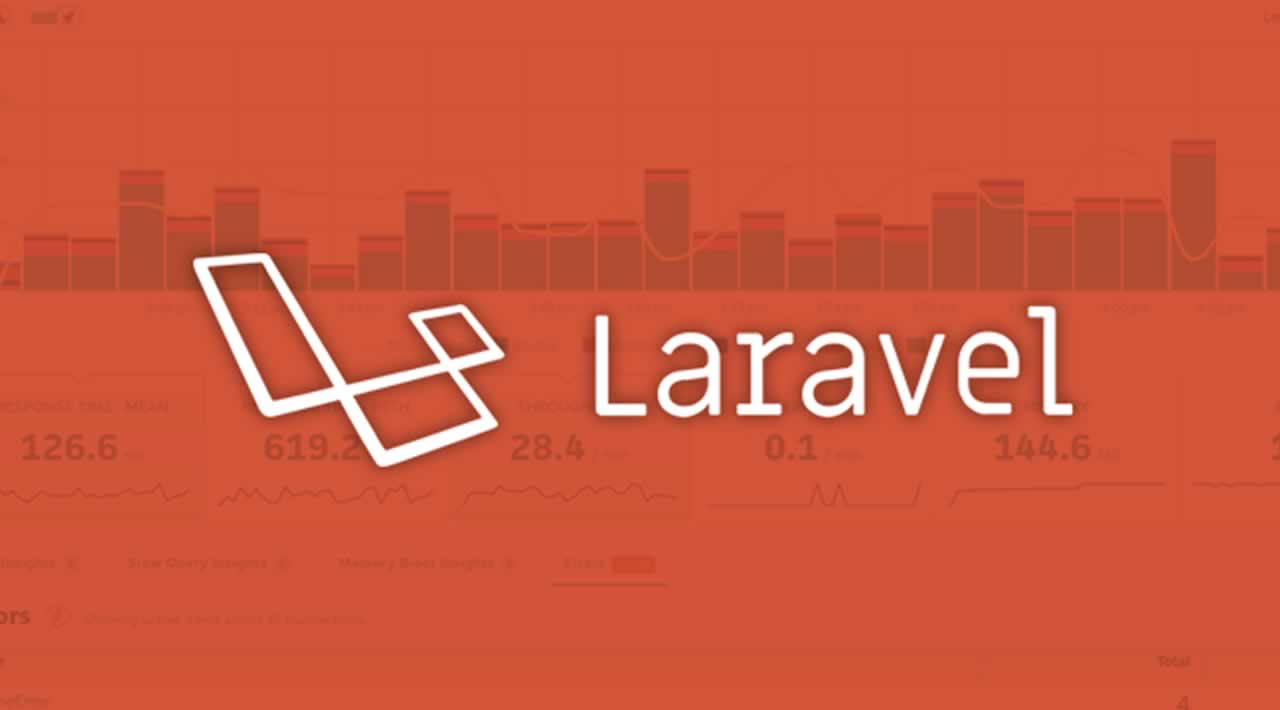In this tutorial, we’ll make your Laravel app multi-tenant using the Tenancy for Laravel package.
It’s a multi-tenancy package that lets you turn any Laravel application multi-tenant without having to rewrite the code. It’s as plug-and-play as tenancy packages get.
_ Side note: In this tutorial, we’ll go over the most common setup — multi-database tenancy on multiple domains. If you need a different setup, it’s 100% possible. Just see the package’s docs. _
How it works
This package is unique in the sense that it doesn’t force you to write your application in a specific way. You can write your app just like you’re used to, and it will make it multi-tenant automatically, in the background. You can even integrate the package into an existing application.
Here’s how it works:
- A request comes in
- The package recognizes the tenant from the request (using domain, subdomain, path, header, query string, etc)
- The package switches the default database connection to the tenant’s connection
- Any database calls, cache calls, queued jobs, etc will automatically be scoped to the current tenant.
Installation
First, we require the package using composer:
composer require stancl/tenancy
Then, we run the tenancy:install command:
php artisan tenancy:install
This will create a few files: migrations, config file, route file and a service provider.
Let’s run the migrations:
php artisan migrate
Register the service provider in config/app.php. Make sure it’s on the same position as in the code snippet below:
/*
* Application Service Providers...
*/
App\Providers\AppServiceProvider::class,
App\Providers\AuthServiceProvider::class,
// App\Providers\BroadcastServiceProvider::class,
App\Providers\EventServiceProvider::class,
App\Providers\RouteServiceProvider::class,
App\Providers\TenancyServiceProvider::class, // <-- here
Now we create a custom tenant model. The package is un-opinionated, so to use separate databases and domains, we need to create a slightly customized tenant model. Create a app/Tenant.php file with this code:
<?php
namespace App;
use Stancl\Tenancy\Database\Models\Tenant as BaseTenant;
use Stancl\Tenancy\Contracts\TenantWithDatabase;
use Stancl\Tenancy\Database\Concerns\HasDatabase;
use Stancl\Tenancy\Database\Concerns\HasDomains;
class Tenant extends BaseTenant implements TenantWithDatabase
{
use HasDatabase, HasDomains;
}
And now we tell the package to use that model for tenants:
// config/tenancy.php file
'tenant_model' => \App\Tenant::class,
#laravel
